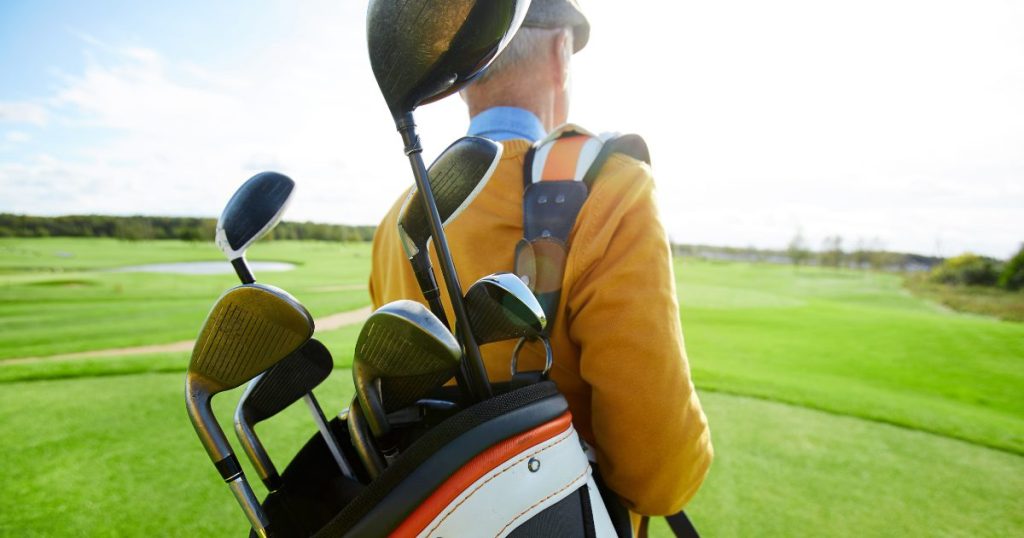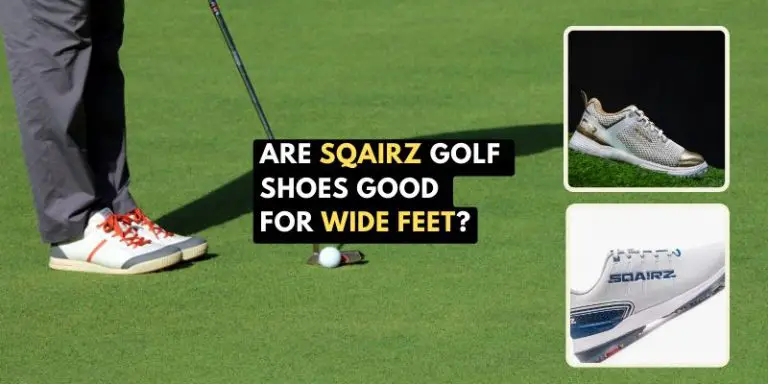How Do You Know What Golf Club To Use: DECODING
Choosing the right golf club is akin to selecting the perfect tool from a craftsman’s repertoire. Each stroke in golf demands precision, strategy, and the right choice of club. Whether you’re a novice navigating the fairways or a seasoned player refining your swing, understanding How Do You Know What Golf Club To Use is very important.
Golfers are confronted with a plethora of club types – woods, irons, drivers, wedges, and putters, each serving a specific purpose in sculpting shots on the course. The perfect swing is incomplete without the perfect club, making it imperative to decode the nuances of each club type and align them seamlessly with your playing style and course conditions.
Let’s explore How Do You Know What Golf Club To Use and when.
Importance of Golf Club Selection
The significance of golf club selection cannot be overstated. Every golfer possesses a unique swing and style, necessitating a personalized approach in club selection. The right club can enhance accuracy and distance, potentially reducing your score, while the wrong one might lead to unfavorable shots, adding strokes to your round.

How Do You Know What Golf Club To Use
Knowing which golf club to use primarily depends on several factors:
Choosing the right golf club involves considering factors like distance to the hole, course layout, swing speed, course conditions, personal comfort, practice, and experience. Assess these elements to select the club best suited for the shot you’re facing.
- Distance to the Hole: Consider the distance remaining to the hole. Shorter distances often call for wedges or short irons, while longer distances require woods or longer irons.
- Obstacles and Course Layout: Assess the course layout, including hazards, bunkers, and roughs. Choose a club that helps you navigate these obstacles effectively.
- Swing Speed and Strength: Your swing speed and physical strength influence club selection. Faster swings might benefit from clubs designed for greater control, while slower swings might need more loft for better distance.
- Course Conditions: The type of grass, wind, temperature, and slope impact your shot. Adjust your club choice based on these conditions to achieve the desired result.
- Personal Preference and Comfort: Your comfort level with a particular club or shot type also plays a role. If you’re more confident with a specific club for a certain shot, it might be the best choice for you.
- Practice and Experience: Regular practice and on-course experience help refine your judgment on which club to use for various shots and conditions.
- Skill Level: Beginners might start with more forgiving clubs like hybrids or higher lofted irons, while experienced players may opt for clubs that offer more control and shot shaping ability.
Understanding these factors and gaining experience on the course will gradually enhance your ability to choose the right club for each shot. It’s a blend of knowledge, skill, and situational assessment that evolves over time with practice and experience.

Understanding Different Types of Golf Clubs
Golf clubs come in various types, each designed for specific purposes. Woods, irons, drivers, wedges, and putters—each has its role in shaping your shots on the course.
Woods:
Ideal for long-distance shots off the tee or fairway, with different numbers indicating varying lofts for different shots.
Irons:
Versatile clubs suited for various shots, categorized into different numbers based on their loft angles.
Drivers:
Designed for maximum distance off the tee, with key components like head size, loft, and shaft affecting performance.
Wedges:
Essential for shots around the green, including pitching wedges, gap wedges, and sand wedges, each serving distinct purposes.
Putters:
Crucial for rolling the ball into the hole on the green, available in various types like blade, mallet, and face-balanced putters, each with unique designs for different putting styles.
Factors to Consider in Golf Club Selection
Numerous factors influence club selection:
- Shot Distance: Different clubs have varying lengths and lofts, affecting how far they hit the ball.
- Swing Speed: Your swing speed influences the club’s performance; slower speeds might benefit from more flexible shafts, while faster speeds might prefer stiff ones.
- Loft Angle: Determines the trajectory and distance of your shots, crucial for selecting the right club for different situations.
- Course Conditions: Grass type, terrain, and environmental factors impact the club’s performance, influencing your decision on which club to use.
Tips for Choosing the Right Golf Club
- Know Your Skill Level: Assess your abilities to determine suitable clubs for your game.
- Consider Swing Speed: Clubs should match your swing speed for optimal performance.
- Understand Loft Angles: Grasp how loft angles affect distance and trajectory.
- Practice with Different Clubs: Get familiar with each club’s feel and performance on the course.
Conclusion:
Mastering the selection of golf clubs is an ongoing journey. It’s not merely about swinging it’s about the synergy between skill, knowledge, and the right club at the right moment. A golfer’s toolkit extends beyond clubs; it encompasses an understanding of shot distances, swing speeds, loft angles, and adapting to diverse course conditions.
With practice and experience, the art of selecting the right golf club becomes second nature. It transforms from a calculated decision to an intuitive skill, contributing significantly to a golfer’s success on the greens. So, remember, each stroke is an opportunity to refine your club selection expertise and elevate your game to extraordinary levels.






